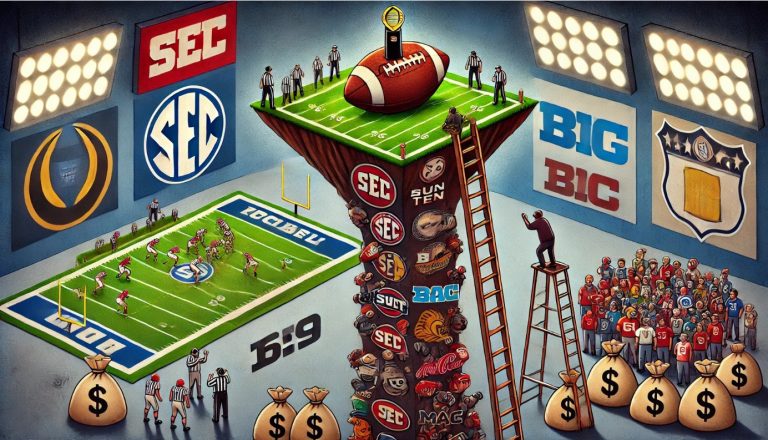
By Larry Billinger
Have you ever gazed at old photos of your great-grandparents and thought, “Weren’t they boiling in all those clothes?” or “Why did they wear so many layers?”. Perhaps, “Didn’t they feel stifling hot with all those garments?”. Indeed, fashion has always been a mirror reflecting society’s norms and values. Let’s dive into this sartorial history and understand what drove our ancestors’ clothing choices.
Peeling Back the Layers: What Old Wardrobes Tell Us
- Cultural Norms and Modesty: First and foremost, modesty played a big role. In the past, baring ankles or even arms was taboo in many places. For women especially, staying covered was not just about style but morality.
- Safety First: Interestingly, those big hats and long sleeves served a purpose. Before the era of sunscreens, these pieces provided sun protection. Additionally, such garments also offered protection from bugs and other environmental factors.
- Warmth and Comfort: Now, think of those chilly winter nights but without our modern heaters. Yes, the layers had a reason. Bundling up was essential for warmth, both indoors and outdoors.
- Money Matters: Back then, clothes were a real investment. Unlike today, where fast fashion dominates, people owned fewer but sturdier clothes.
- The Laundry Challenge: Modern conveniences like washing machines weren’t available. As such, protective undergarments kept the main attire cleaner, reducing the frequent need for a wash.
- Nature’s Bounty: Unlike today’s synthetic blends, our ancestors had to rely on what nature provided. So, cotton, wool, and silk were staples, even if they sometimes required additional layering for comfort.
- Setting the Trend: And of course, like any era, the past had its own fashion icons and trends. Be it the grandeur of the Victorian era or the rebellious spirit of the 1920s flappers, fashion was always evolving.
Fashion Flashback: A Quick Look
- 1800s:
- Regency Era: Think ancient Rome-inspired dresses for the ladies and dashing tailcoats for men.
- Victorian Era: Remember those dramatic wide skirts showcased in period films? Men, on the other hand, gravitated towards the prototype of the modern suit.
- Late 1800s: Women’s fashion saw skirts becoming more form-fitting, while men embraced the business suit.
- 1900s:
- Edwardian Era: Women aspired for the sophisticated “Gibson Girl” silhouette. Meanwhile, men’s fashion became more relaxed with lounge suits.
- Roaring Twenties: This decade was all about breaking norms. Women donned shorter skirts and danced the nights away, while men’s fashion was all about flair.
- 1930s: Economic challenges brought simplicity to the forefront. Flowy dresses for women and sharper suits for men became the norm.
- 1940s: The war years saw practicality ruling fashion. Limited fabrics meant shorter skirts for women, and many started embracing trousers.
As we see, fashion is not just about aesthetics. It’s deeply rooted in the zeitgeist of its time. Each outfit, each layer has a story, a reason. So, the next time you come across old family photos, you’ll appreciate the tales they silently tell.
Title Image: Generated with AI ∙ October 7, 2023 at 4:43 PM 1930’s mens and womens attire – Image Creator from Microsoft Bing


